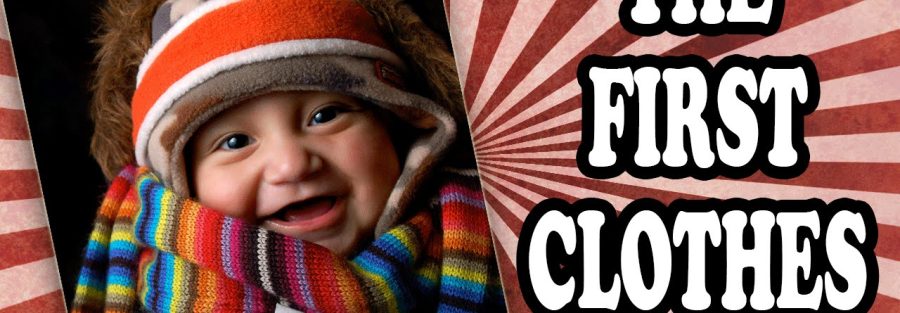About Humans began Wearing Clothes
The history of humans clothing is both complex and fascinating, reflecting our evolution, cultural developments, and technological advancements. Although exact timelines can be challenging to pinpoint due to the perishable nature of early garments, archaeological and genetic evidence provides some insights into when and
The earliest evidence of clothing dates back to around 100,000 to 500,000 years ago. Early humans, specifically Homo erectus and later Homo sapiens, likely started wearing garments to protect themselves from the elements. This period aligns with the development of early tools and the migration of humans into varying climates, which would have made clothing increasingly necessary. However, the exact time when clothing first appeared remains a subject of ongoing research and debate.
Archaeological evidence of early clothing is sparse. The discovery of tools used for making clothing, such as bone needles and scrapers, provides indirect evidence of early textile use. For example, the 26,000-year-old Venus figurines from the Upper Paleolithic era often depict women with garments, suggesting that clothing was an established practice. Additionally, evidence of flax fibers found in prehistoric sites in Europe indicates that early humans were spinning and weaving plant materials into fabric.
Genetic studies have also contributed to our understanding of the origins of clothing. Research into the genes related to the development of body lice, which are adapted to live in clothing. Suggests that humans began wearing clothes around 70,000 years ago. This is supported by the fact that body lice and head lice diverged approximately 70,000 years ago. Indicating that clothing became a common practice around this time.
The development of textiles and clothing continued to evolve with technological advancements. The invention of the spindle and loom allowed for more intricate and durable garments.
In ancient civilizations, clothing became a symbol of status, culture, and identity.



